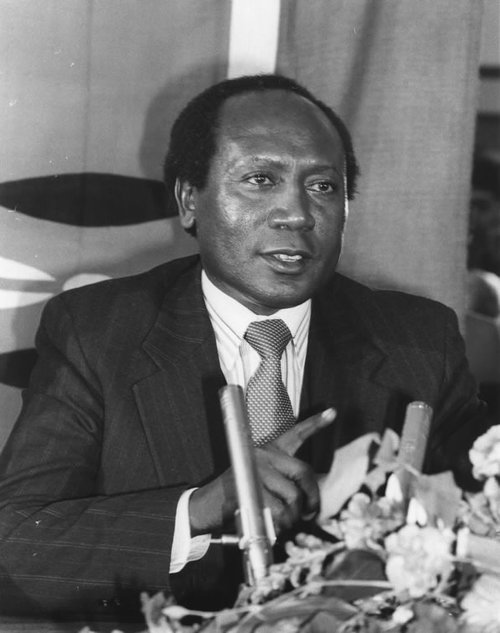A thread:
1/
Overall, Kenya is among 50 nations least able to feed her citizens, ranking 77th out of 119 countries, according to the 2018 Global Hunger Index.
nation.co.ke/newsplex/food-…
"By the end of July, the number of people likely to suffer from extreme hunger is set to more than double from the current 1.1 million people to 2.5 million. "
nation.co.ke/oped/editorial…
Yet Kenya produced a record 44.6mn bags of maize in 2018, the highest since 1960. The second-highest harvest of the staple is 42.5 million bags in 2015
nation.co.ke/newsplex/food-…
The number of hungry (undernourished) Kenyans is growing, reaching almost 12 million in 2017, or one in every four people. The figure was a 15 percentage-point increase from more than 10 million a decade ago.
At the same time, the number of severely food-insecure Kenyans facing serious constraints on their ability to obtain safe, nutritious and sufficient food went up from 15 million in 2014 /2016 to more than 17 million in 2016/2017, also a 15 percentage-point increase.
With an undernourishment rate of 24 percent, a slight improvement from 28 percent a decade ago, Kenya was the 24th most undernourished country in the world out of 167 surveyed and 18th out of 45 countries in Africa.
But despite the decline in the undernourishment rate, which is, however, higher than Africa’s 20 percent, the prevalence of severely food-insecure Kenyans jumped four percentage-points from 32 percent in 2014 to 36 percent in 2017
The World Bank’ latest Kenya Economic Update report finds that real agricultural value-added has declined relative to levels attained in 2006 due to weather-related shocks, prevalence of pests/disease and dwindling knowledge delivery systems
According to the World Bank, agriculture contributes on average more than a fifth (22 percent) of gross domestic product (GDP), with more than half of the total labour force employed in the sector.






